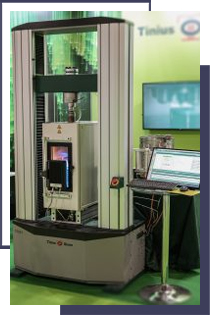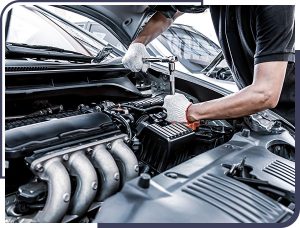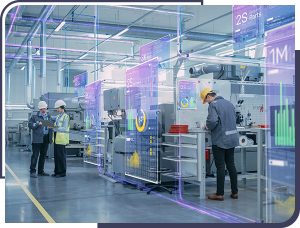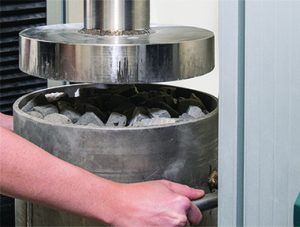Elevated Temperature Testing Validates Innovation in Additive-based Superalloy Manufacturing
Commonly used in extreme environments, such as in the aerospace, industrial and power generation markets, superalloys are a class of high-performance alloys with impressive mechanical strength as well as resistance to thermal creep and corrosion at high temperatures. Those in the materials science and engineering industries continue to develop increased performance capabilities and seek out new applications for these advanced materials.
Although used for decades, this type of material still requires specialized manufacturing techniques and produces a lot of wasted material, driving up costs in production. Additive manufacturing, which involves melting and fusing metal powders layer by layer, has emerged as a promising technique for producing the complex geometries of superalloy components as well as for reducing material waste during production.
Also known as 3D printing, this is still a relatively new, intricate process, and a deeper understanding of the performance and durability of the materials produced using this additive method is needed. (Figure 1)

Figure 1: The production of 3D printed high temperature superalloys is still a growing area, but elevated temperature testing can remove some of the unknowns in quality and reliability.
Studying Material Behavior
Those tasked with the production of superalloys have sought out new methods to further advance this additive manufacturing of superalloys and improve the performance and reliability of superalloy components in extreme environments. Answering the questions surrounding the mechanical behavior of these additively manufactured superalloys is a critical step in enabling this modern manufactured material to move beyond skepticism and play a critical role in high-performance applications.
Elevated temperature mechanical testing has always played a key role in the development of new materials that need to withstand extreme conditions, and additive-based superalloys are no different. By subjecting materials to elevated temperatures and mechanical stress, researchers have been able to identify the strengths and weaknesses of different materials, which has allowed them to develop new materials as well as identify ones that are better suited to specific applications.
Playing a particularly important role in the additive manufacturing of superalloys, elevated temperature mechanical testing allows researchers to study the behavior of these materials by simulating the high-temperature, high-pressure environments are often found in real-world applications. (Figure 2)

Figure 2: Today’s elevated temperature testing environments are total systems, comprised of the frame, chamber, sensors, specimen holders and software to help manage and analyze system data.
Why Elevated Temperature Testing?
Insights gained into the material’s microstructure and deformation behavior under different conditions can help identify potential weaknesses or failure modes in the material and inform the development of improved manufacturing processes or material designs. Proper elevated temperature testing can answer significant questions that will provide better performance and efficiency in the application of superalloys produced using additive manufacturing techniques:
- What are the effects of different heat treatments on the mechanical properties of additively manufactured superalloys?
- How do different alloy compositions perform under these temperature and stress extremes?
- What strengths and weaknesses do these materials exhibit and how can each be used in specific applications?
- With access to more accurate, repeatable data, what improved predictions can be made about a material’s behavior under extreme conditions?
Testing Today’s Superalloys
Modern elevated mechanical testing methods make use of advanced instrumentation and control technology, such as high-temperature furnaces and specialized testing frame and software configurations capable of applying precise loads, strains and temperatures to the specimens under test.
The development of these more advanced testing equipment and techniques has enabled significantly improved accuracy and repeatability, resulting in more precise insight into material behavior under extreme conditions. This has led to an increased understanding of material behavior, with researchers gaining insights into the fundamental physics of material behavior. Ultimately, new materials with improved properties and new production techniques can confidently be brought to market.
Testing standards also play a critical role in the testing of superalloys, so it’s important to note some of the more common ones used in elevated temperature testing. These include ASTM E21, ASTM E139, ASTM E145, ASTM E220, ASTM E1457 and ISO 6892-2, all of which define the test parameters, measurements and results to precisely characterize the response of material to determine its strength, performance and ensure quality to prevent failure in use as well as make informed decisions in terms of which materials to use for a given application.
Elevated mechanical testing continues to evolve and improve with new developments in materials science and technology. This materials testing method has helped to improve the safety and reliability of many critical systems, such as aircraft engines and nuclear power plants. By understanding how materials behave under extreme conditions, engineers can design systems that are better able to withstand these conditions without failing or causing harm to people or the environment. When working with new, innovative materials, such as additive manufactured superalloys, confidence in the process is just as important as confidence in the material.



